The deafening Pileated Woodpecker
With its long, strong beak, prominent crest and impressive size, the Pileated Woodpecker (Dryocopus pileatus) has a silhouette evocative of that well-known flying dinosaur, the pterodactyl.
The Pileated Woodpecker is 40 to 49 cm in length. The males, larger than the females, can weigh as much as 350 grams and reach a wingspan of 75 cm. The plumage, mainly black, is marked by a white line underlining the bird’s face and throat and running down the sides of its neck. The large white band covering the underside of its wings is easily visible in flight. Both sexes have a bright red crest and the males also have a brilliant red forehead and moustache.
This insect-eater uses its beak like a pair of scissors to dig a hole in the trunk of dead trees or of trees with soft wood (like the cedar), looking for the larvae of coleoptera (insects and beetles), caterpillars or carpenter ants. The holes serve the birds as shelters and as sites for the raising of the clutch of up to four chicks.
This big woodpecker grips a tree trunk using its four long clawed digits — two pointing forward and two backward — and supports itself using the rigid feathers of its tail. It catches insects with its long tongue, the sticky tip covered with microscopic hooks. It completes its menu with fruits and grains and often visits feeding stations.
When spring rolls around, males and females find each other with a view to reproduction. They drum a tree trunk; let loose deafening, raucous cries; raise their crests and flutter about showing the white undersides of their wings. These descendants of dinosaurs have had some difficult times due to deforestation, but fortunately, they are increasingly present in some city parks and large forests.
More from this author by clicking on his photo below.


Jacques Prescott131 Posts
Jacques Prescott est biologiste, professeur associé à la Chaire en éco-conseil de l’Université du Québec à Chicoutimi. Spécialiste de la biodiversité et du développement durable, il est l’auteur de nombreux livres et articles sur la faune et la conservation de la nature. Il nous fait l’honneur de rejoindre notre équipe de collaborateurs et signera chaque mois une chronique intitulée Faune et flore. / Jacques Prescott is a biologist, associate professor with the Chair in Eco-Counselling of the Université du Québec à Chicoutimi. A specialist in biodiversity and sustainable development, he is the author of numerous books and articles about wildlife and nature conservation. He has honoured us by joining our team of contributors and will write a monthly column entitled Wildlife and Habitat.
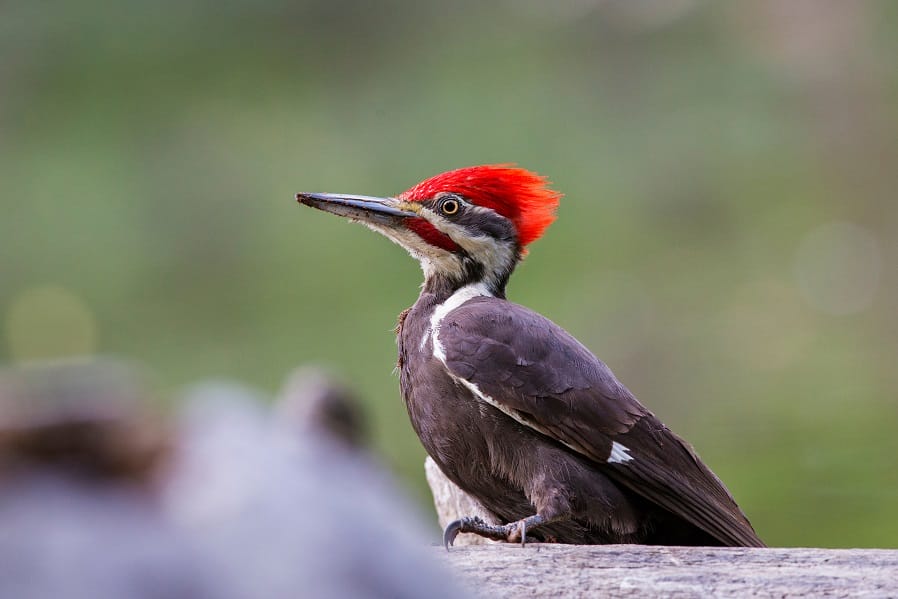


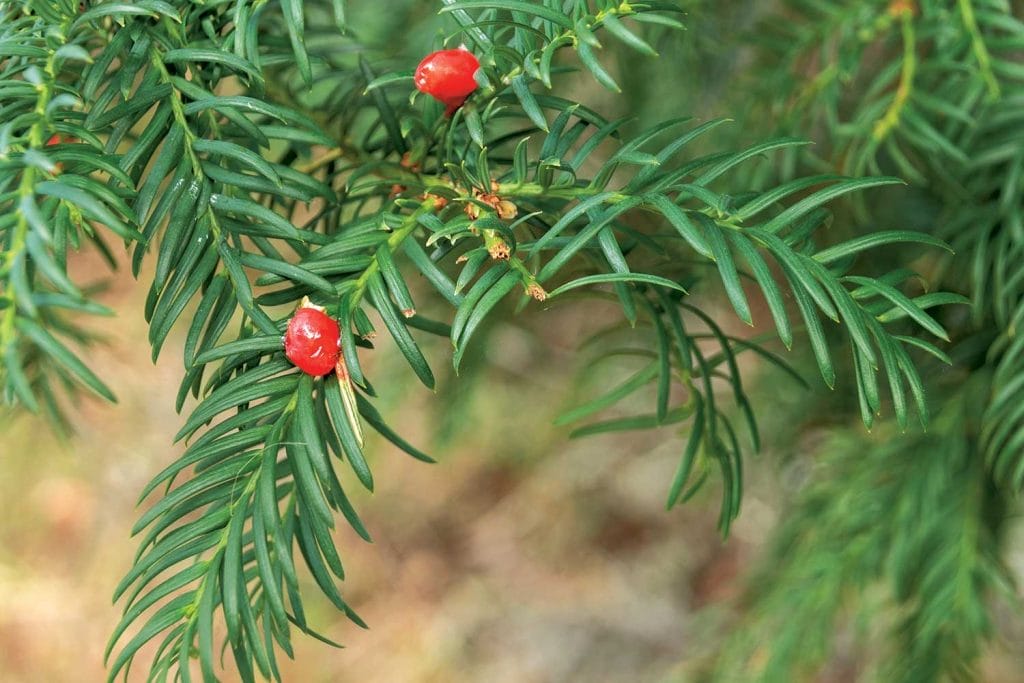
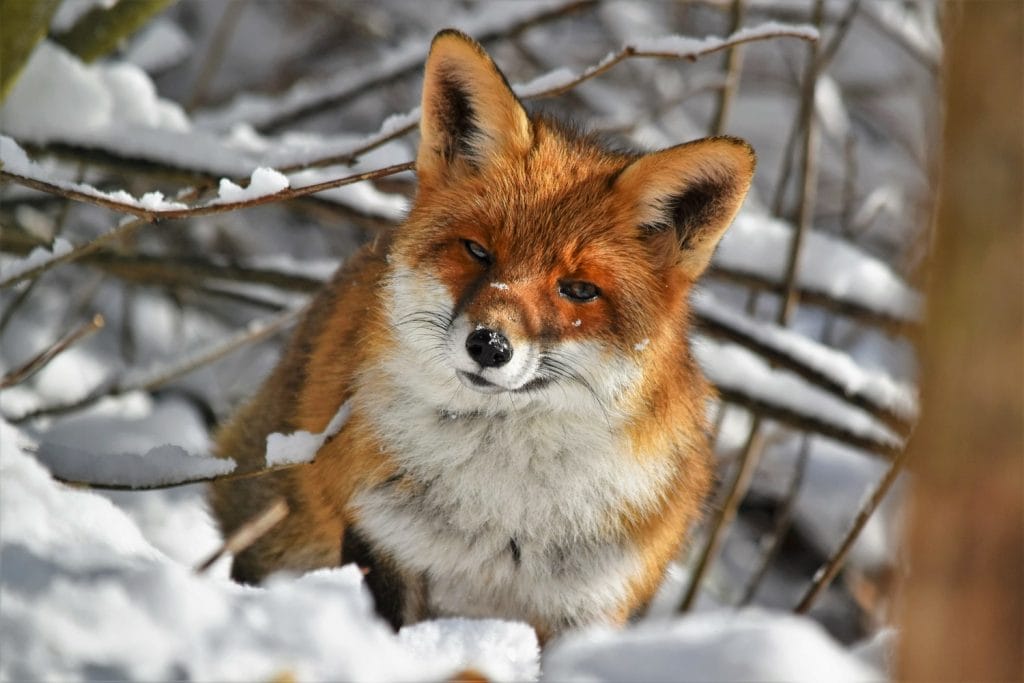
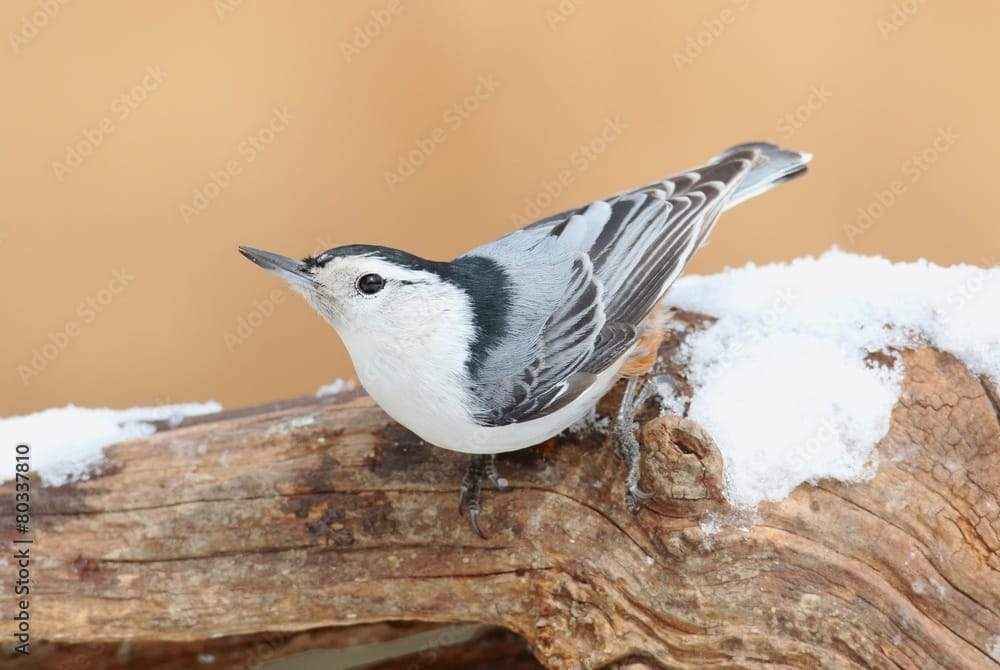
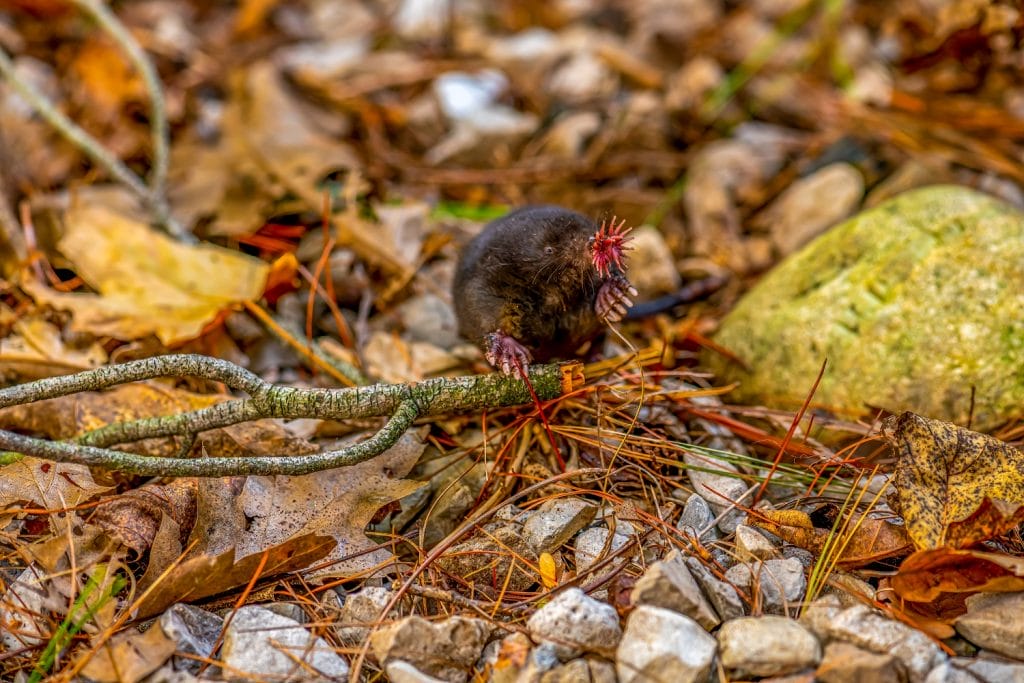

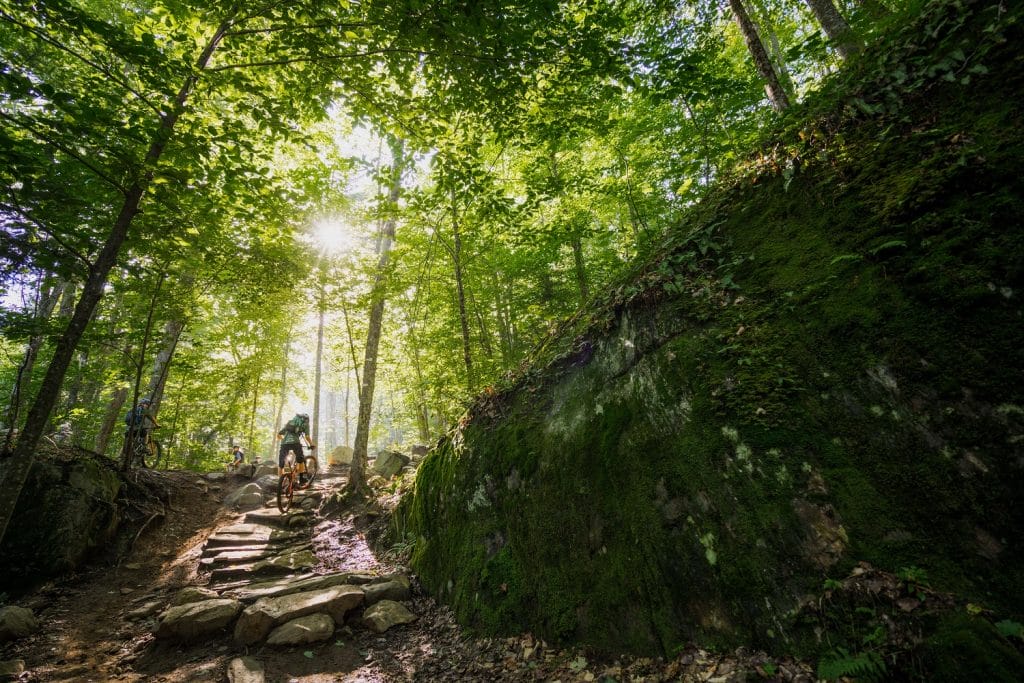



0 Comments